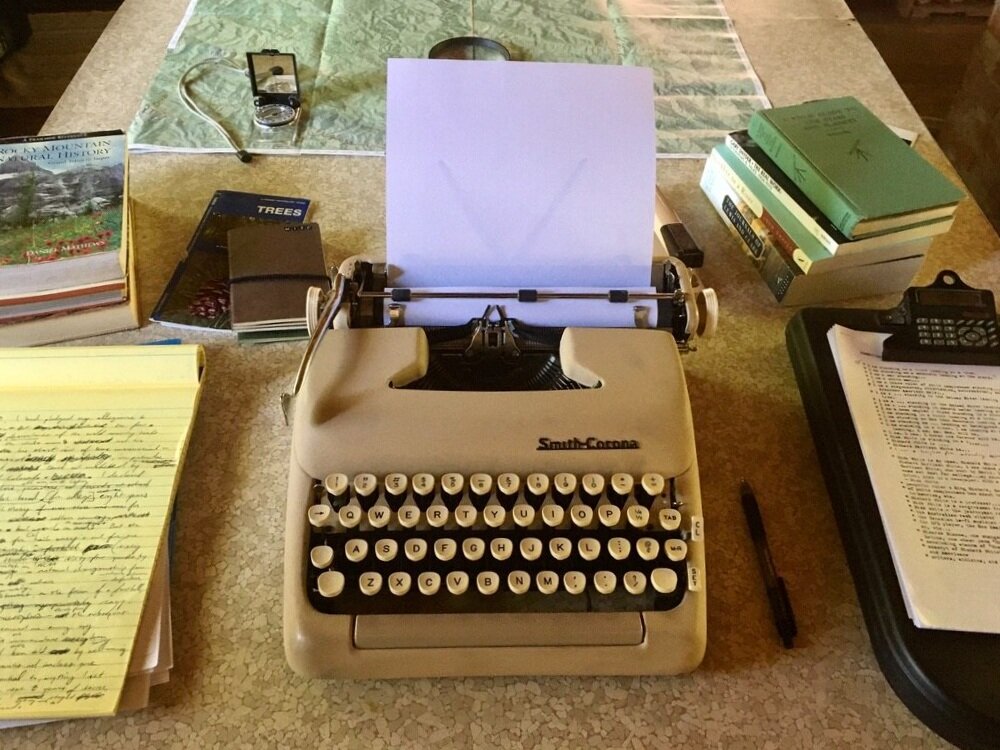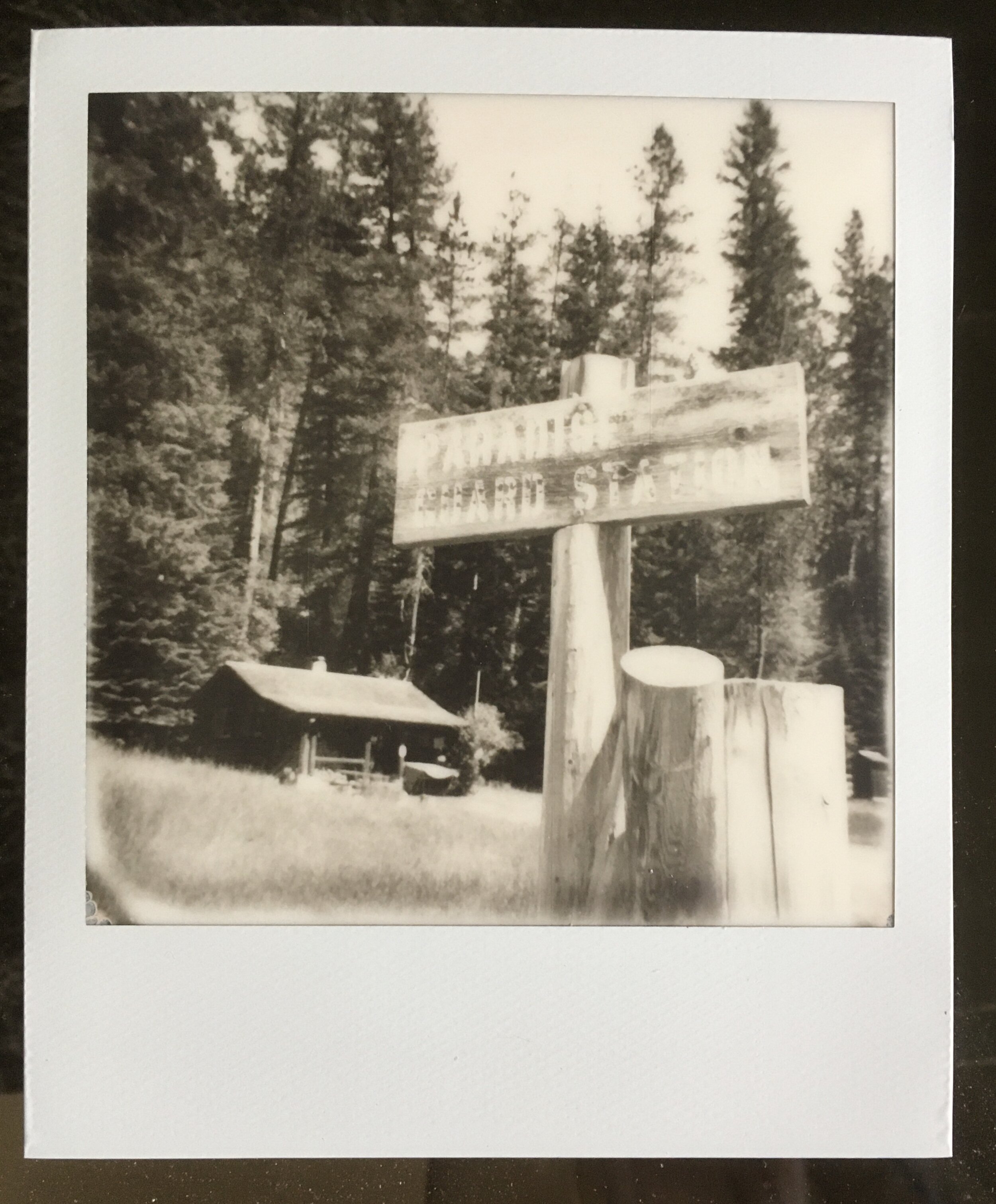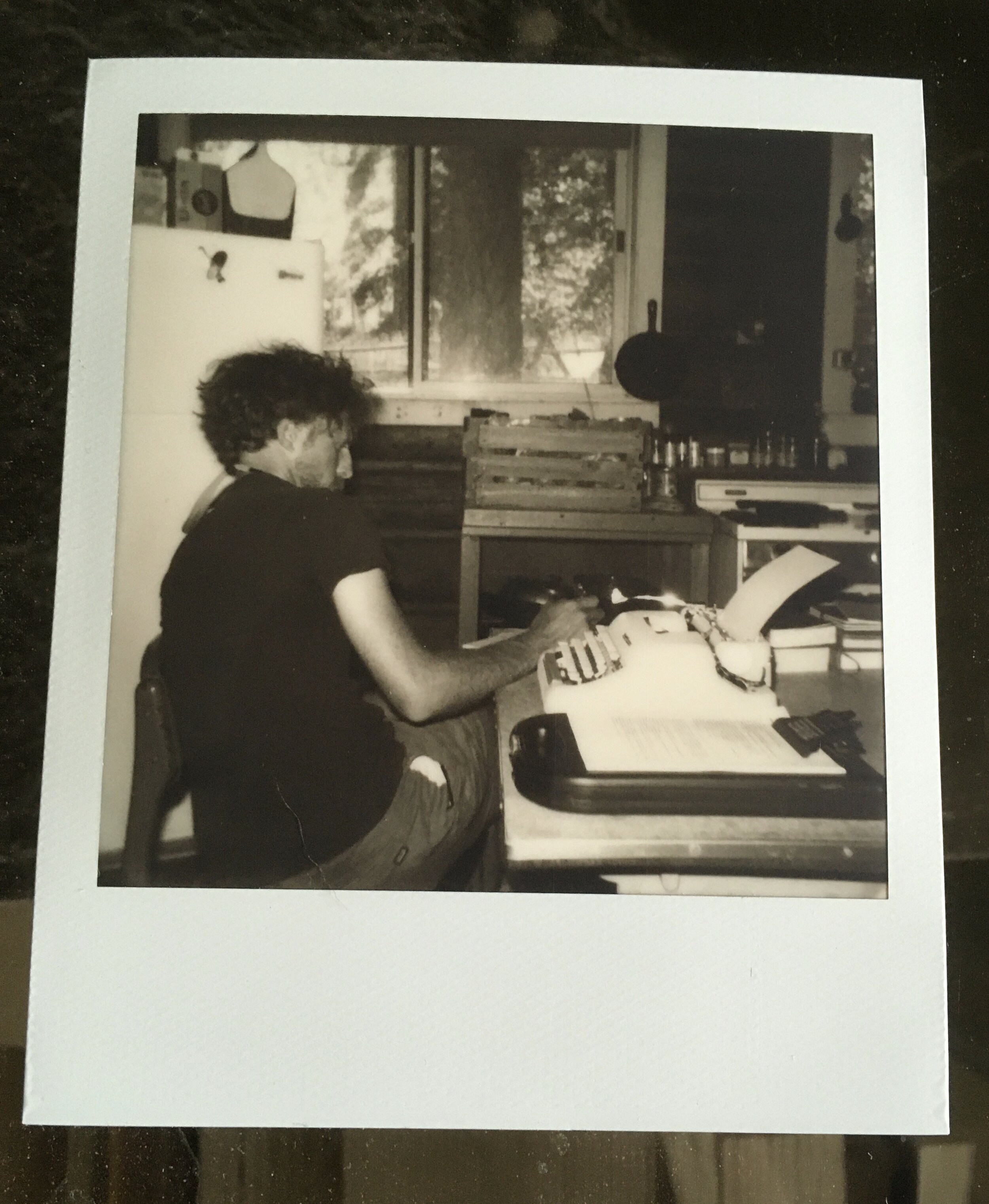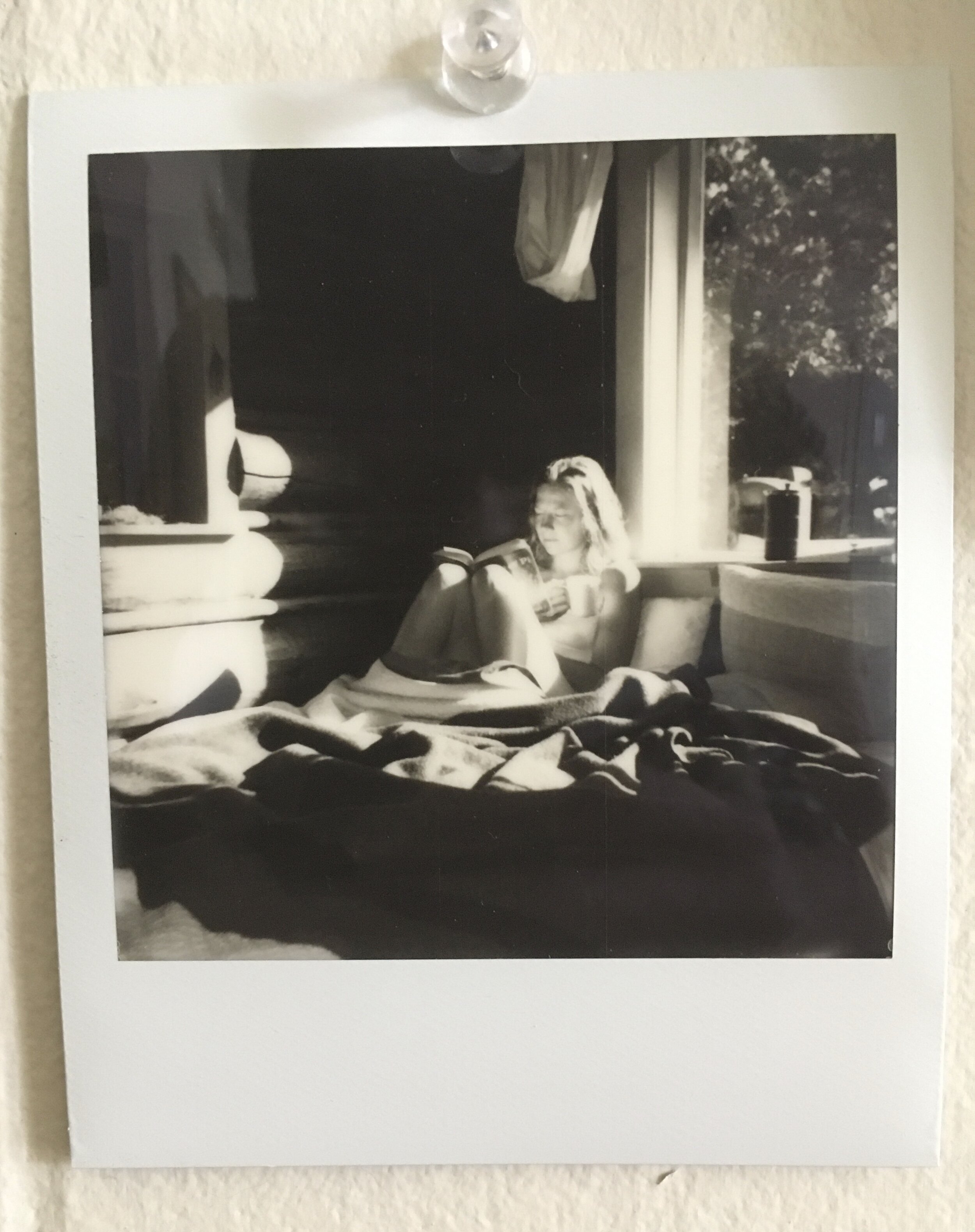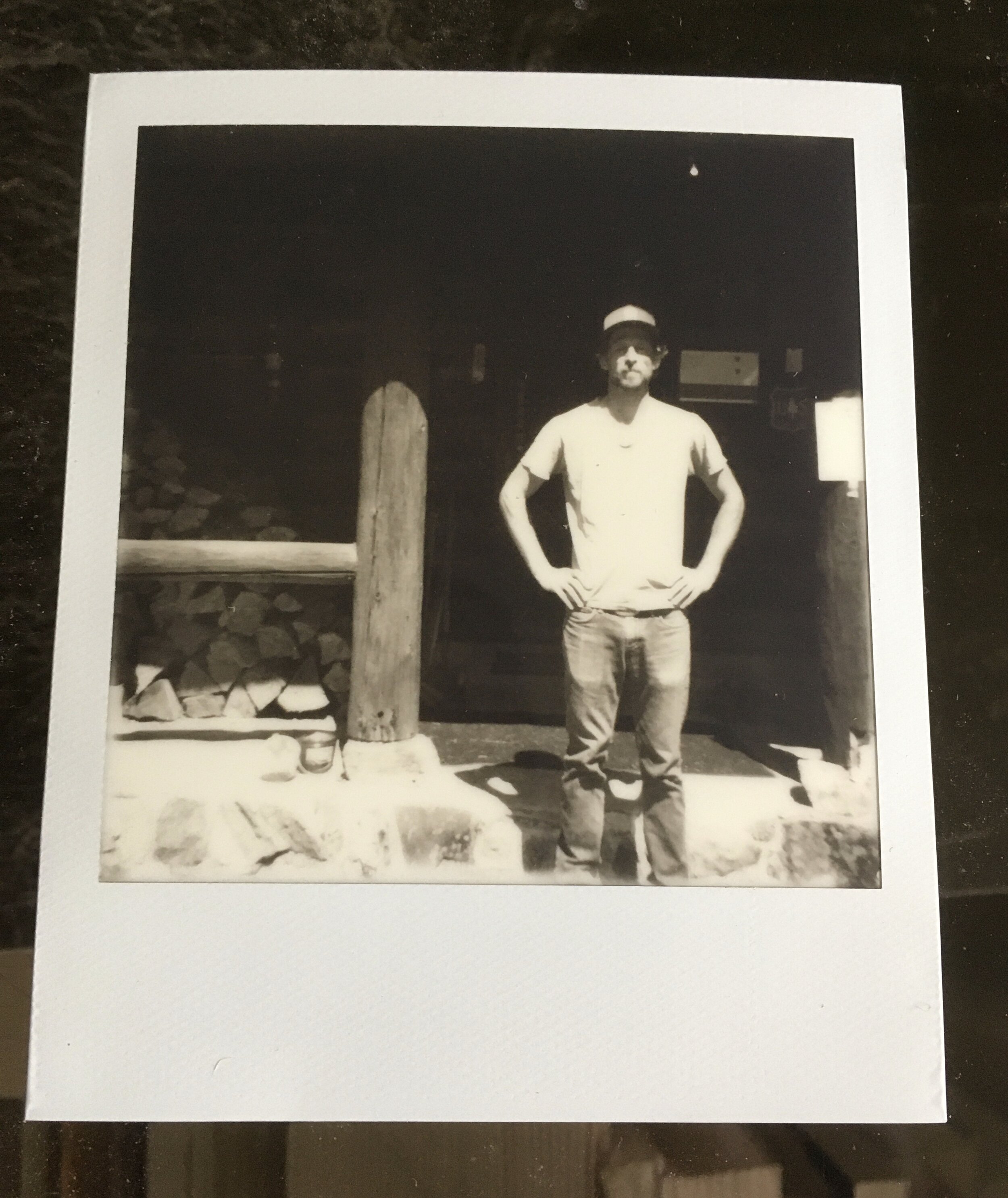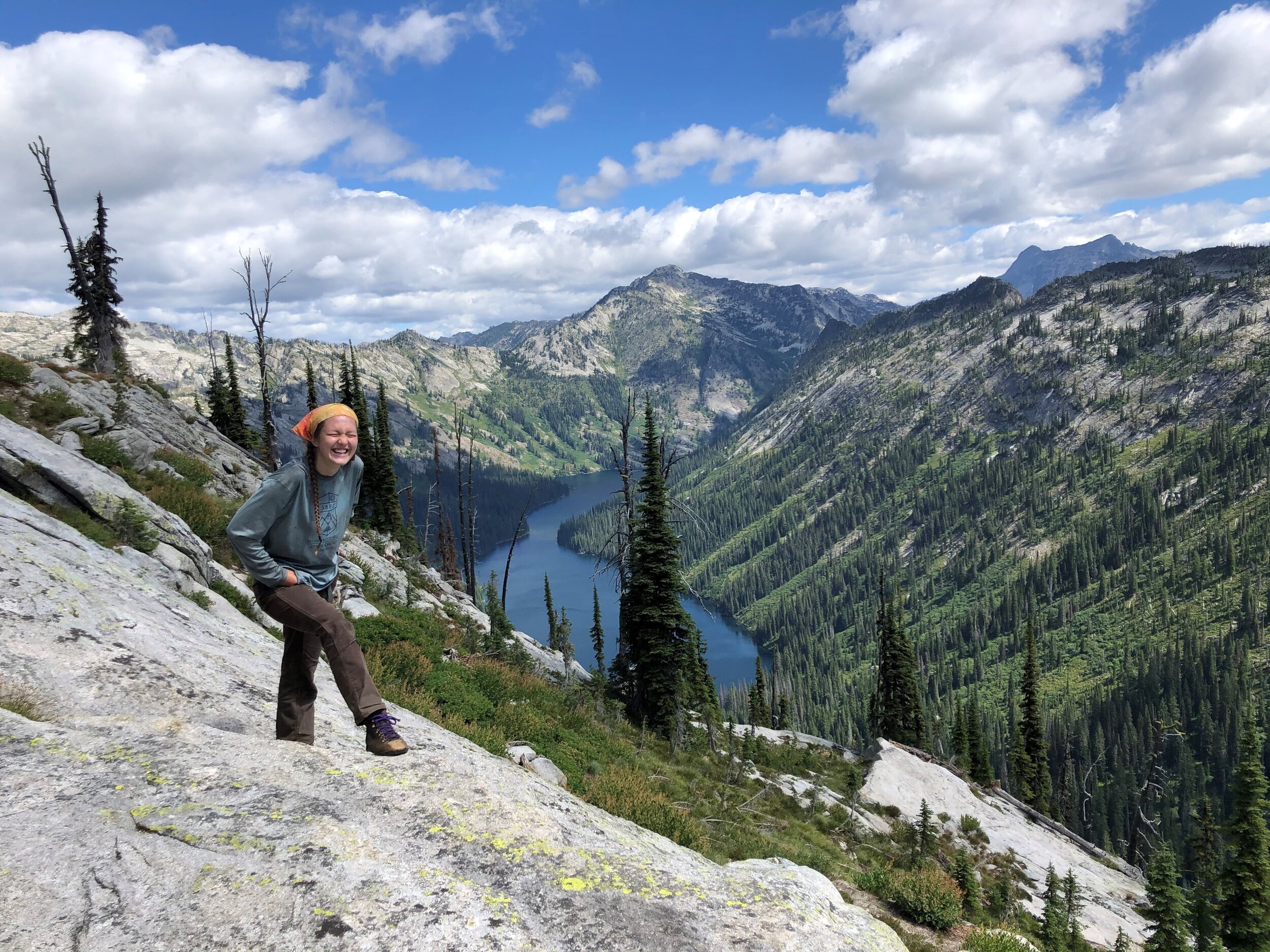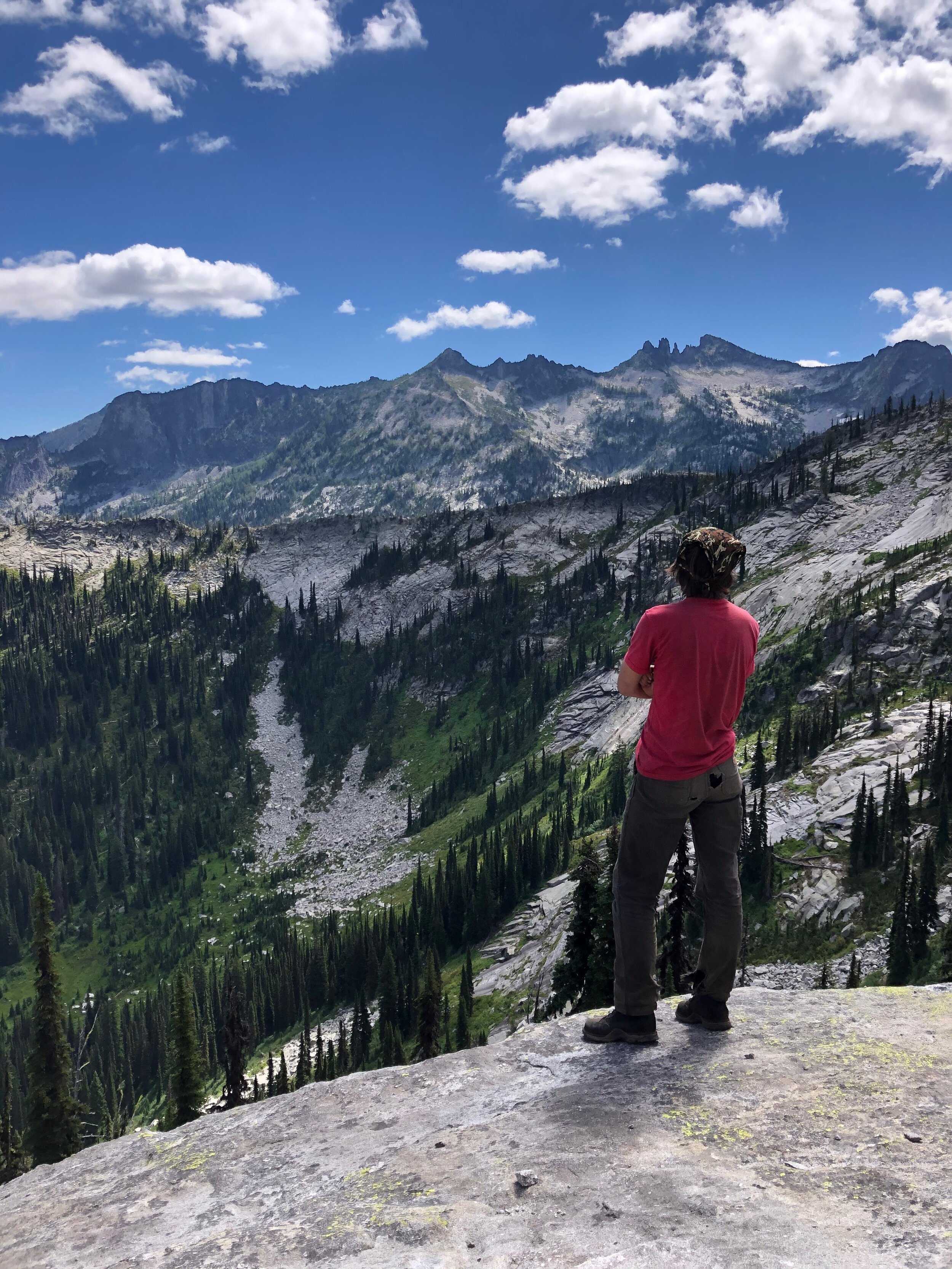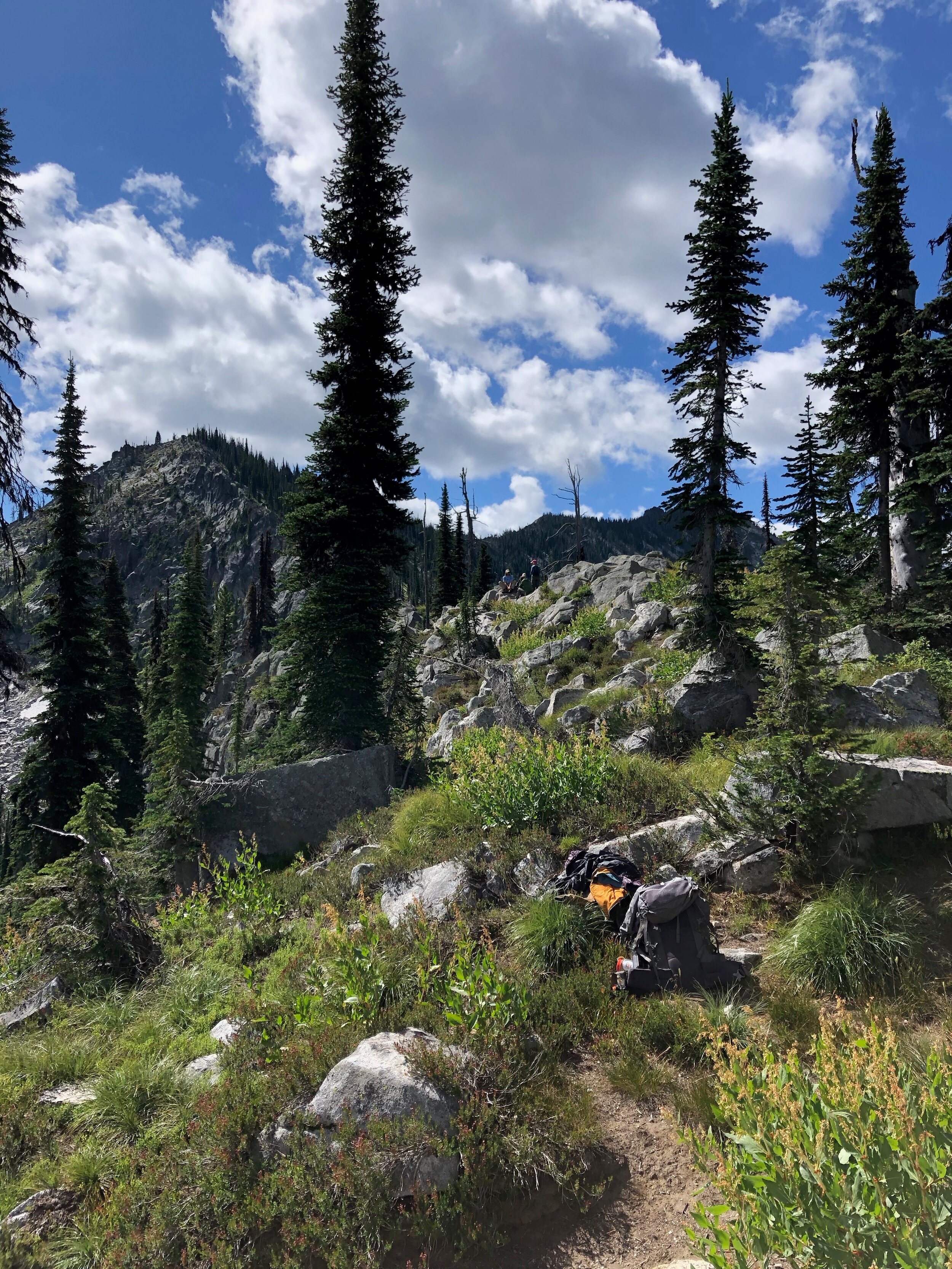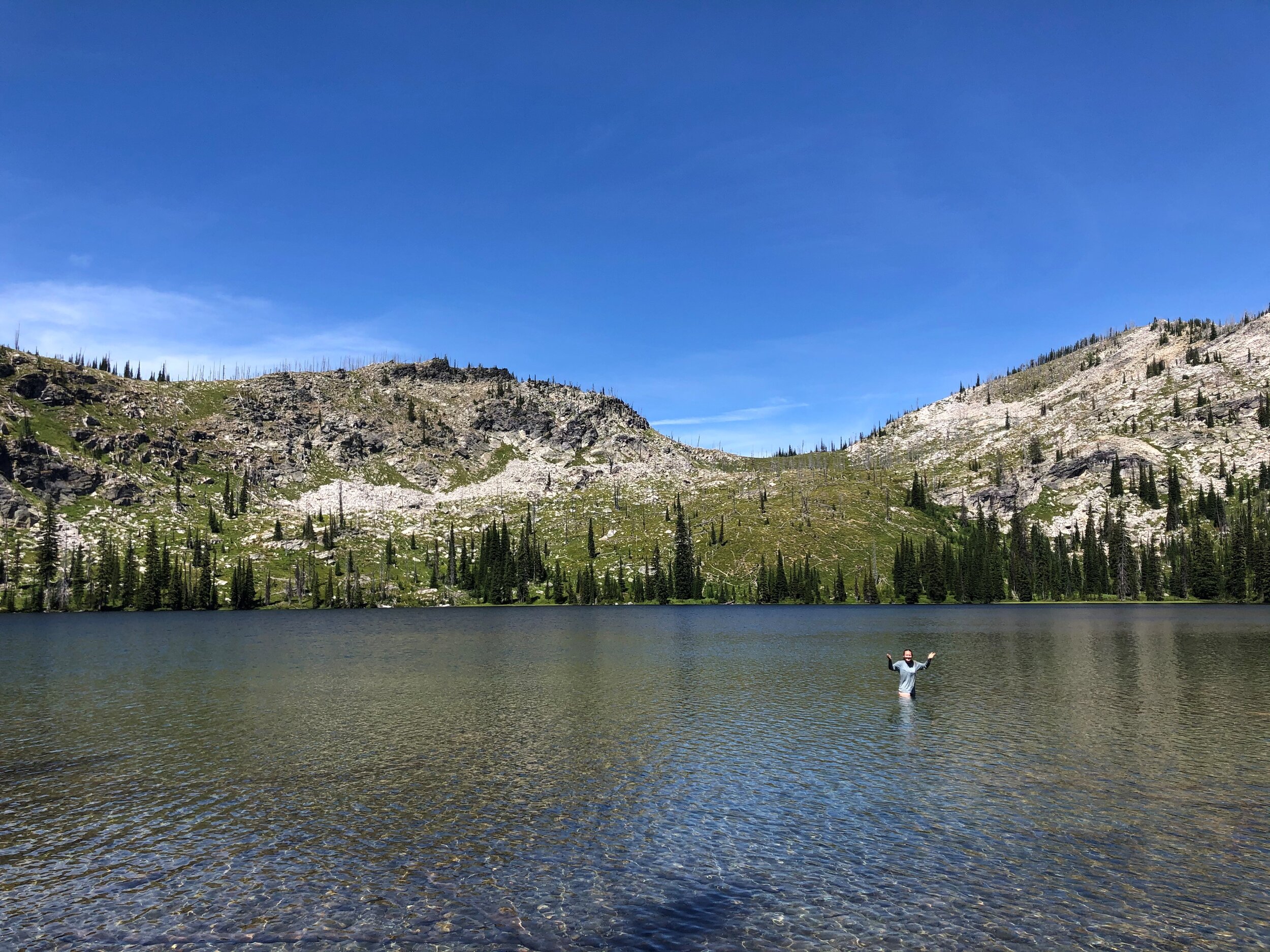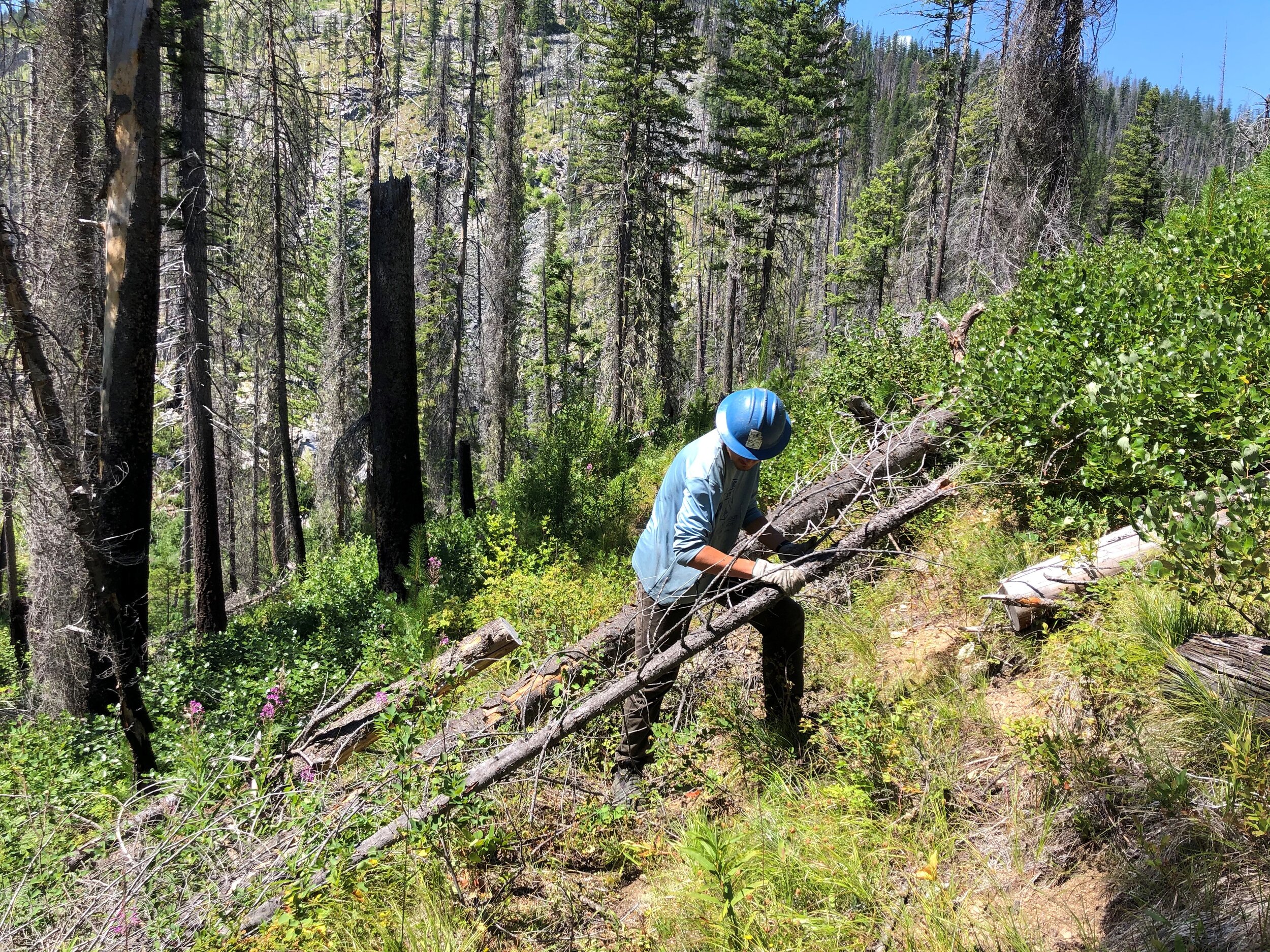Parker wrote this entry in anticipation of his upcoming season with SBFC and as a celebration of his accomplishments over the years, and the boots that accompanied him along the way.
Dear Boots,
Crunching over snow, scraped on rocks, ran over by logs, and pinched in crevices is how you lived out your life. You spent your life in these hard places so that I could enjoy them. I want to thank you for having held up for three years and hundreds of miles. Because of your loyalty I have been able to accomplish great feats in my own life.
Sliding through lakes of glass in the Boundary Waters you were baked by the sun. Walking up and down portages you were coated in dust. The boy scouts I took on this trip--and the men I took home--changed the way I looked at Wilderness. You gave me the ability to lead both from the front and by example. Hiking up hills you saw boys trip and fall, only to get up again as men bold and strong. I saw the child that I once was behind their eyes, and it made me want to see if I still have that child in me. We were reunited with that unknowing naïve feeling the following summer when we took a solo trip on the PCT.
Hiking away from everything I had ever known into a place I had never been before, with nothing but my bag, was an eye-opening experience. You had never been in snow that deep, but you held up beautifully in the icy mornings and the slushy evenings. You were underneath me for that whole trek until I tripped and fell, sliding down a ravine to the feet of my friends, where they picked me up and carried me onward to another trip.
Iowa - Nebraska - Colorado - Utah - Nevada - California - Oregon - Washington - Idaho - Montana - Wyoming - South Dakota - Minnesota - and Iowa once again. You spent a lot of time in a car on this trek. When you weren’t, we were standing on the edge of Crater Lake, Lake Tahoe, and the Pacific Ocean. We were climbing glaciers, meeting new friends, and having the time of our lives.
I'm sorry that your life had to end so soon after that trip. I wish we could keep going places until we’ve seen them all. I won’t forget the memories you hold in your soles and the hardship that we went through together.
Sincerely,
Parker Lane DePond
Payette National Forest | Frank Church-River of No Return Wilderness
Iowa State University
Major: Animal Ecology
Parker grew up among the corn mazes in Iowa and is currently studying Animal Ecology at Iowa State University. He grew a deep affection for the mountains when he went on an SBFC IDAWA trip into the Selway-Bitterroot Wilderness in high school. Parker has spent time hiking 140 miles of the PCT, exploring the mountains in Colorado, and adventuring in the Boundary Waters Canoe Area Wilderness of Minnesota and southern Canada. This is where he learned what wilderness was, what true camping was, and what family was all about. He is excited and humbled to spend this season with SBFC.
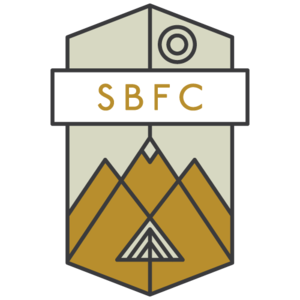

![GetAttachment[2].jpg](https://images.squarespace-cdn.com/content/v1/559d365ae4b0233f52969762/1603731785219-GHME1IYIF9U1I316IA7G/GetAttachment%5B2%5D.jpg)








